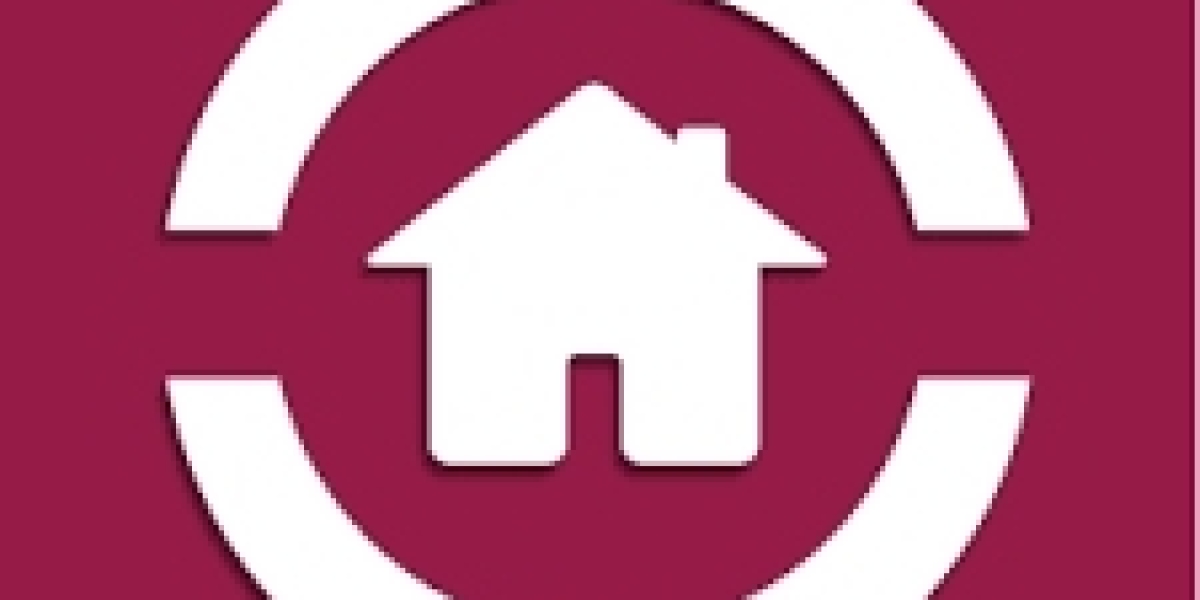In today's global technology era, everything depends on the use of the Internet. Whether you're trying to place an order on your favorite food delivery app or your business, try reaching out to customers for business orders.
As a global requirement for efficient, reliable and fast data transmission, the world is rapidly using coaxial cables.
However, have you ever been curious about coaxial cables and their applications? Well, don't worry. We will tell you exactly that in this article, so keep reading until the end.
Visit us for Cat6 Cable Price in Pakistan
Coaxial cables
Coaxial cables are primarily used by cable operators, telephone companies, and Internet service providers to transmit data, video, and voice communications to customers around the world.
Since their introduction in the early 1900s, coaxial cables have been the standard for accurate and dependable communication. However, it has some disadvantages that have led to its replacement by fiber optic cable, category cable, or wireless signals.
The shielded design of coaxial cable contributed enormously to its success. This design allows the copper core of the cable to transfer data quickly, without giving in to interference or damage caused by various environmental factors.
The inner conductor of the coaxial cable is surrounded by an insulating layer covered by a conductive shield. An outer wrapping for insulation is also present in some coaxial cables.
A typical coaxial cable's construction is depicted in the following diagram.
Center conductor - Copper-clad steel
Center conductor bonding - Moisture migration blocked with the help of a clean stripping polymer.
Dielectric: Polyethylene-provided stable closed-cell foam with a high VPN
The protective shield is the first exterior conductor, and it is firmly fastened to the dielectric core by aluminum-aluminum polymer tape.
The HF shield's isolation is further enhanced by an additional aluminum-aluminum polymer tape on the second outer conductor, both before and after bending.
Third Outer Conductor - An additional aluminum-polymer-aluminum tape is used in triple and quad shield constructions to further improve the insulation of the HF shield before and after bending.
Fourth outer conductor - Additional 34 or 36 AWG aluminum braid to improve the isolation of the LF shield in harsh RF noise environments.
Corrosion Resistant Protector
(i) Indoor and Aerial - A drip-proof material developed to eliminate moisture migration in the cable construction.
(ii) Underground - A flowable compound capable of sealing small sheath fractures.
Jacket: During installation and during the cable's lifespan, the core is shielded by an outer jacket made of flame-retardant polyvinyl chloride (PVC) or UV-resistant polyethylene (PE).
Integral Messenger - A support member of carbon steel wire connected to the cable by a separable strip.
How do coaxial cables work? The ability of the central conductor of coaxial cable to transmit data directly while remaining safe from damage and interference has contributed to its popularity.
Coaxial cables carry data in the center conductor, while the layers surrounding the conductor try to stop any signal loss or attenuation loss and reduce electromagnetic interference.
The first layer of the dielectric layer provides distance between the center conductor and the outer layers while providing some insulation.
The next layers, collectively called shielding, block electrical impulses and radio emissions from entering.
Types of coaxial cables
The impedance of the first type is 75 Ohm (Ω), while the second type's is 50 Ohm. The measurement of a cable's resistance to the flow of electrical energy is called its impedance.
57 Ohm cables are typically used for sending video signals, while 50 Ohm cables are used for data and wireless communications.
Let's examine a few varieties of coaxial cables:
Coaxial cable RG-6
These cables are constructed of a different kind of shielding material and have the dielectric insulation of larger conductors. They successfully handle GHZ level signals and provide higher signal quality.
Coaxial cable RG-59
These cables are ideal for brief, low-frequency transmissions since their conductors are even thinner than those of RG-6 cables.
RG-11 coaxial cable
These cables are easy to identify because they are thicker than other types of cables. As opposed to RG-6 or RG-59, it has a lower attenuation level, making it perfect for data transmission over greater distances.
Coaxial cables used
Normally, coaxial cables are used to transmit radio frequency signals.
The other applications and uses include transmission lines connecting radio transmitters and receivers to their antennas, computer network connections, digital audio and distribution of cable television signals.
Let's examine some of the most typical applications for coaxial cables as well as the kinds of coaxial cables that are utilised in them.
Coaxial cable for TV
A poor quality coaxial cable can easily affect your TV reception, so you need to select the best cable for the job.
For this purpose, the RG-6 coaxial cable of 75 Ohm is also ideal for an affordable price.
Coaxial cable for HDTV (high definition)
The greatest coaxial cable for high definition TV broadcasts is RG-11. It provides a higher meter with greater signal transfer area.
RG-11 coaxial cable offers robust HD transmissions at fast speeds at an affordable price.
Internet use with coaxial cable
Compared to typical analogue video, internet signals are broadcast and received at a greater frequency.
This demand led to the development of RG-6 coaxial wire. Its larger conductor and thicker dielectric insulation both contribute to its improved signal quality.
Because these coaxial cables are constructed with a particular kind of shielding material, they can also transmit GHZ level signals more successfully.
Coaxial cable for CCTV
RG-6 can be used for longer distances than RG-59 without worrying about video signal loss, but it is not as convenient to work with because it is thicker.
One of the key advantages of utilising coaxial cable is that the electromagnetic field responsible for transporting the signal occurs solely in the space between the inner and outer conductors in an ideal coaxial connection.
Because of this feature, coaxial cables can be put close to metal objects without fear of power loss. Additionally, these cables provide signal shielding from outside electromagnetic interference.
Coaxial cable vs fiber optic cable: which is better?
Although both of these types of cables can be used to send and receive video, audio and any other form of data, they offer distinct advantages and disadvantages.
Let's examine how these two types of cables differ in terms of cost, speed, and dependability.
Dependability
Coaxial cable's insulated construction shields it from most external elements, yet interruptions can still happen. The number of concurrent users has an impact on performance as well.
Fiber cables are not susceptible to interruptions, and their overall performance is not affected by the number of simultaneous users.
Speed
The upload and download speeds of coaxial cables are not similar. These speeds are sufficient for smaller businesses, albeit being slower than fibre.
Fiber cables offer symmetrical speeds faster than coaxial cables, making them ideal for larger businesses with high-volume usage.
Costs
Because coaxial cables are so commonly available, they are inexpensive to implement and relatively simple to install. To optimise your savings, a range of television network and internet bundle services are also offered.
The expense of installation and activation makes fibre cables price. Since the installation process can be extensive, your other system and network operations may be affected.
Are you looking to get the best coaxial cables for your business at an economical and fair coaxial cable price?
Remain calm. Only at Litech Pakistan can you get the most economical and cost-effective coaxial cable price in Pakistan. Depending on the business environment, geography, financial constraints, and bandwidth requirements, your choice may change.
Must Visit:









